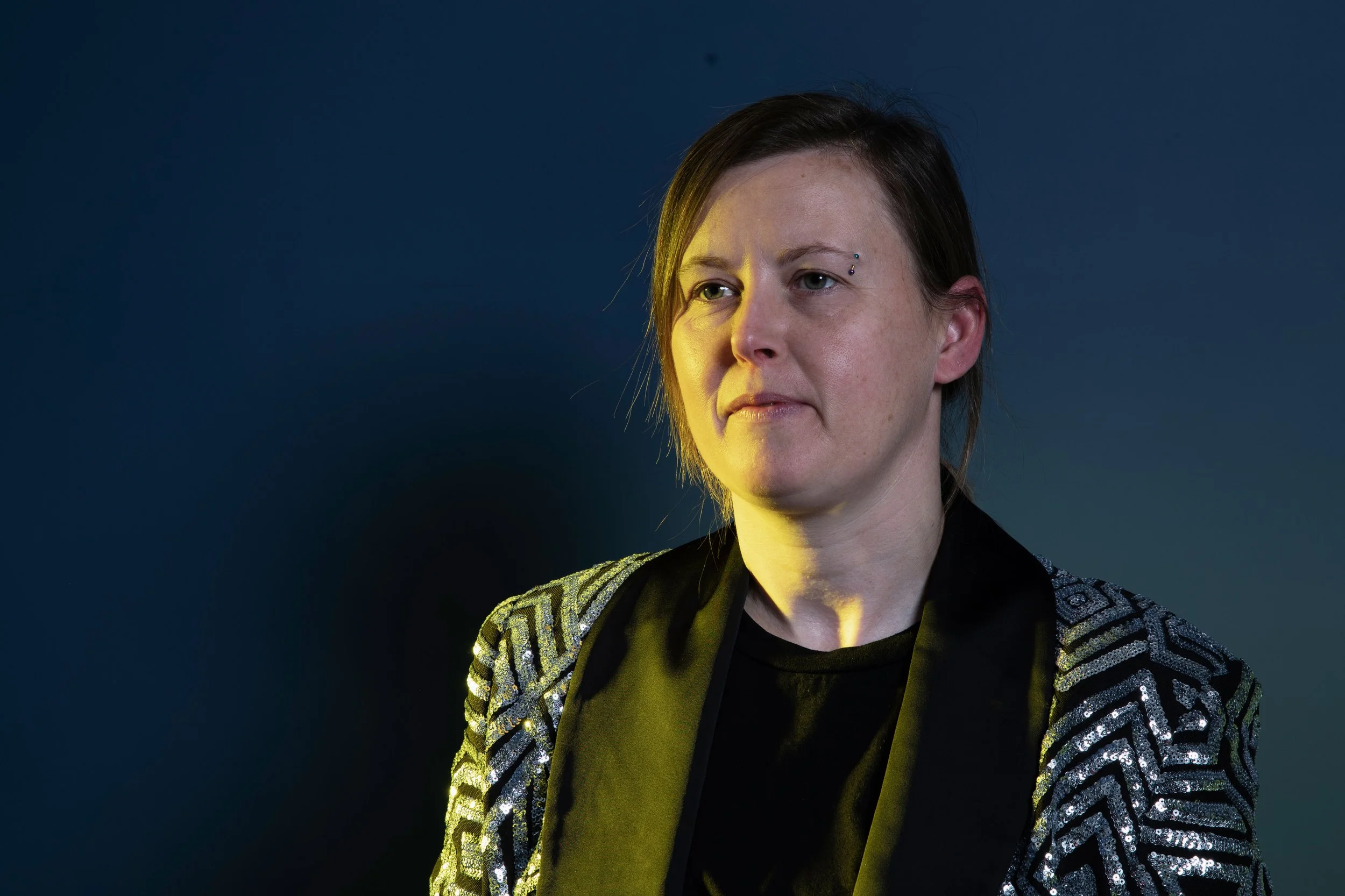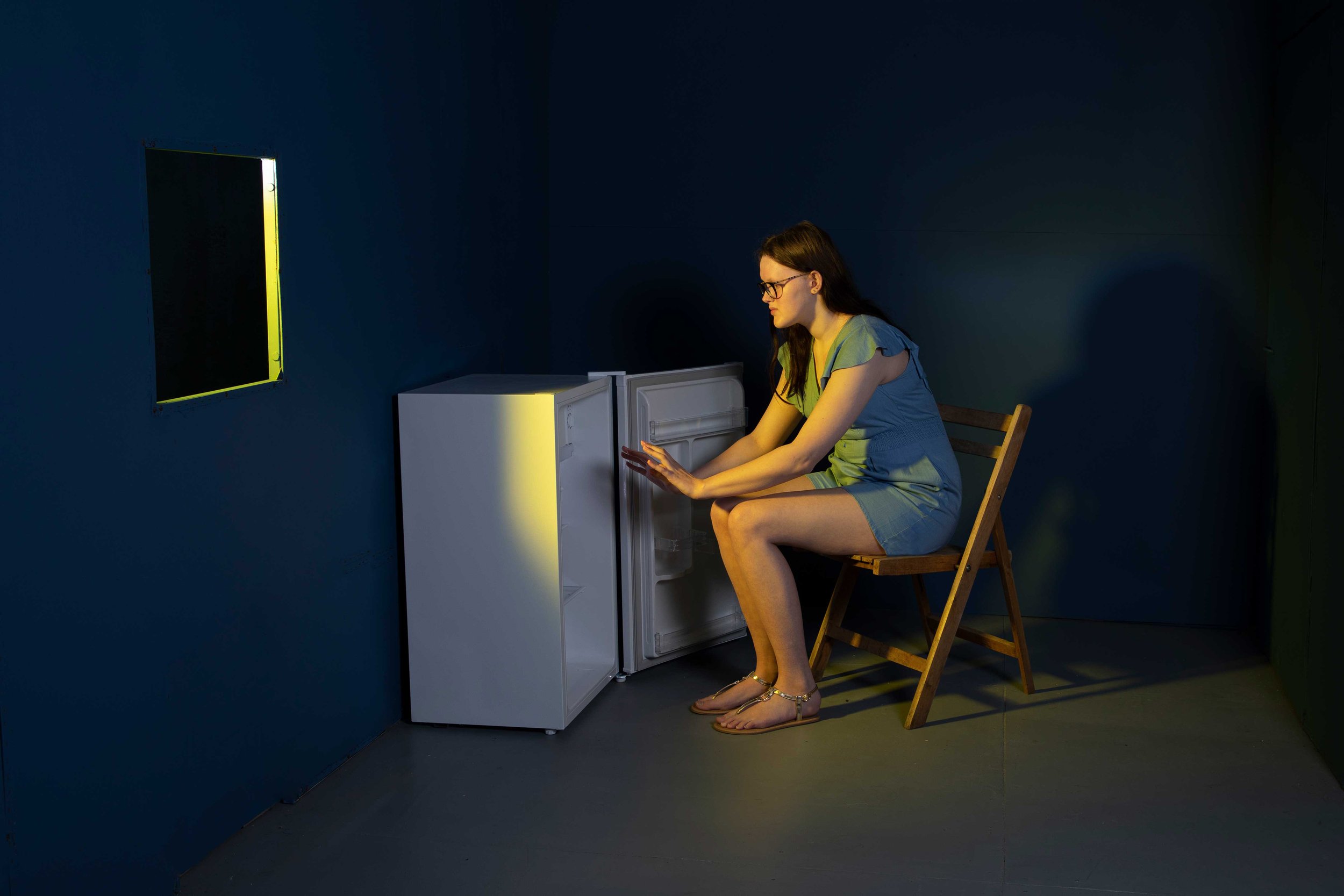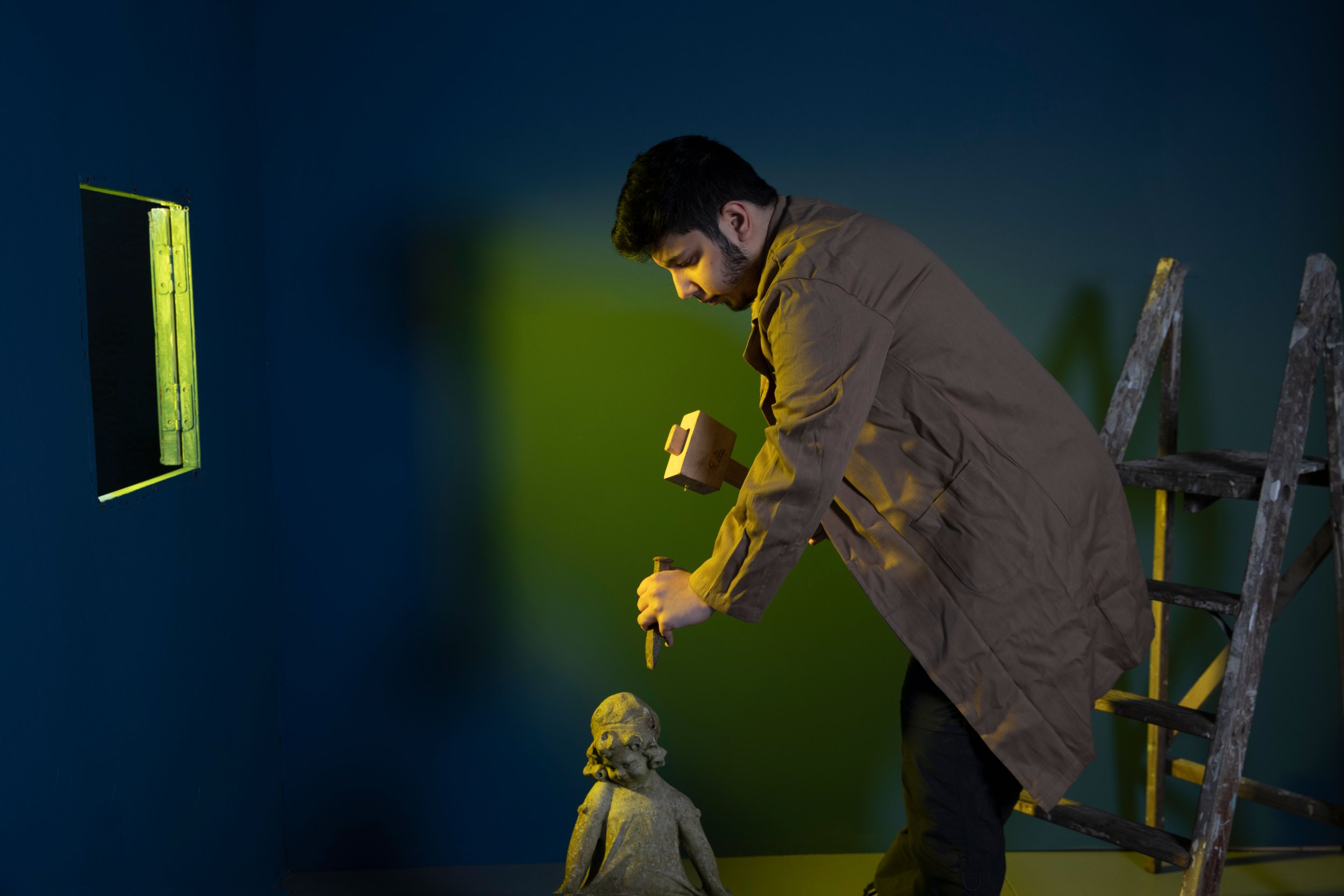Feeling that something was not quite right and on-going tinnitus was the starting point to Christina’s diagnostic journey.
When Christina was 34 she was diagnosed with a Paraganglioma, which is a tumour in the neuroendocrine system, and in her case the tumour is within the jugular bulb in her neck. Paragangliomas can be functional or non-functional, Christina’s is functional which means that it secretes hormones that then affect multiple different systems in the body.
Persistent tinnitus was the initial symptom that prompted her to visit her GP, and she also suffered from anxiety and experienced episodes of facial flushing. After numerous appointments, she had not received any clear answers, undeterred she kept going back and pushing for answers. She simply knew that something wasn’t ‘quite right’ and she felt that the GPs were missing something. Unfortunately, neuroendocrine tumours mimic a lot of other illnesses so it is often difficult to get a diagnosis. It took several years for Christina to finally get hers. As she explained;
After all how many people in the world have tinnitus? But I always say to everybody to trust your instincts. If you don't feel well and you don't feel that that's the full story, then just keep on investigating.
Photograph by Ceridwen Hughes for Days of Rare exhibition
The tumours affect people differently depending on where they are located within the body. Christina’s in her neck at the base of the skull, which is extremely rare. The tumour is in a very difficult location, and after many meetings with different consultants and getting different opinions, it was decided that it was too risky to operate, as it could be fatal if it went wrong. This left her in limbo as nobody really knew how to tackle it. Eventually, a specialist nurse (from the Oxford Cancer and Haematology Centre at Churchill Hospital) reached out to her. The nurse recommended a specific treatment that would manage both the symptoms and the tumour growth, and Christina also did as much research as she could on the treatment options. Unfortunately, there is no cure, so her focus has been on learning to live with, and manage her symptoms.
Photograph by Ceridwen Hughes for Days of Rare exhibition
A neuroendocrine tumour is a rare tumour that can develop in many different organs of the body. It affects the cells that release hormones into the bloodstream (neuroendocrine cells). The symptoms of a neuroendocrine tumour depend on where in the body it is and what hormones it produces. Some tumours may lead to abnormally large amounts of hormones being released into the bloodstream. These are known as "functioning tumours" and can cause symptoms such as diarrhoea, flushing, cramps, wheezing, low blood sugar (hypoglcaemia), changes in blood pressure and heart problems.
Christina finds it difficult to make plans and to work, and her changing needs and symptoms can have an impact on her relationships, especially with her partner Heidi.
Sometimes it's very hard on relationships. Very hard. It can be difficult to manage because no week is the same. There are times when Heidi is picking up the slack quite a lot and then there'll be a period where I'll have a little bit more energy and I can say that I can take on a few things and ease the stress on her a bit. It’s been hard to adapt, but you know I guess we kind of adapt as we grow up anyway, things change. There are times when it does get a bit upsetting when friends plan a day out and I know I can't do a whole day because I get so tired. So it can be difficult, but we just had to adapt. But it has also enabled us to re-connect on another level, and to be more direct with one another.
Photograph by Ceridwen Hughes for Days of Rare exhibition
Her immediate family members have now carried out genetic testing, testing for a specific gene mutation that both Christina and her sister were found to have.
The specific mutation that we have is SDHB+ which is a faulty gene within our DNA, and that puts us at the higher end of the spectrum in terms of likelihood to develop further tumours or the possibility of them becoming cancerous. This means that my sister now gets monitored every year as well. My mum got checked too, but she hasn't got the mutation. My father has passed away unfortunately so I'm trying to get his medical records to see if there's anything that would indicate that he might have had it. Dad had been into hospital for a gallstones operation and the medical team told him afterwards that they’d noticed some sort of little growth but they weren’t worried about it. Thinking back now and the conversations we've had possibly something was going on that he didn't know about.
AMEND
The Association for Multiple Endocrine Neoplasia Disorders (AMEND) is a patient group set up to support and inform anyone affected by multiple endocrine neoplasia disorders and their associated endocrine tumours.
The British Society for Neuroendocrinology
The British Society for Neuroendocrinology (BSN) is a scientific society that exists to promote research and learning into the endocrine and nervous systems that control important body processes.
You can listen to Christina’s chat with Ilmarie Braun, Same but Different Project Manager on our podcast channel.








